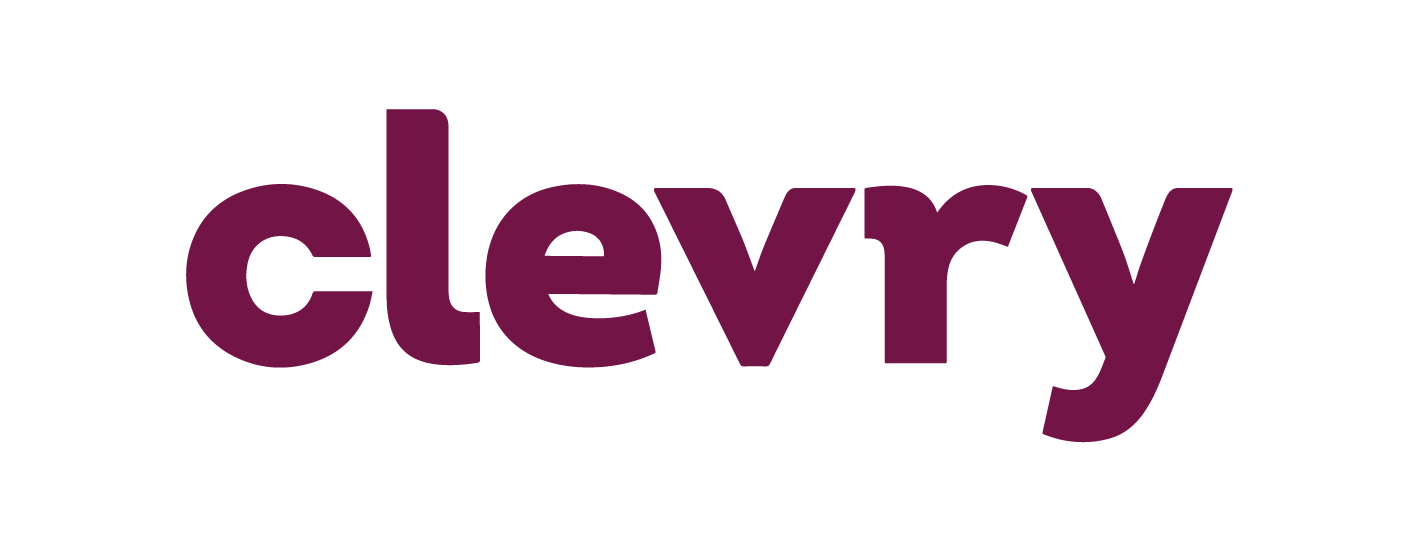Time to step up your CV
A winning CV has the power to open a lot of doors in your career. The more well structured it is, the easier it will be for an employer to know wheter you are a right match for each other or not.
Read on for our top tips on how to create a successful CV and get yourself noticed by employers.

Contact Details
There is a few contact details you never want to leave out from your CV:
-
Full name
-
Address
-
E-mail
-
Telephone number
Your contact details can be highlighted in the beginning or in the end. Most important is visibility. We also recomend that you include your LinkedIn-profile if you have one. Always be sure that your LinkdeIn is updated and reflects you in a beneficial way.
Introduction
An introduction might feel un-called for in this type of form, but truth is - a few words about yourself can have a great impact on the viewer. This is your opportunity to stand out from the crowd. Start your resume by describing your competences, traits and future goals and ambitions. This is a good way to give recruiters and HR-managers a quick overview of why you’re the right person for the job.
Remember to edit and tailor this section so that it match the job description. Perhaps the job requires a well orginazed person rather than someone sponteous? If so, let the viewer know about your organizational skills!
Work experience
This section should include your previous positions with your titles, roles, company names, locations and employment dates. You can list your work history either in reversed chronological order, or based on relevance. It's highly important that you describe your taskts and accomplishments of each position. To make your work experience stand out you should always consider including projects and collaborations you've been a part of.
Education
Your academic credentials should be described in reversed chronological order. List where you went to school, when you attended and what degree you attained. If you whant to add more information here you could mention additional courses and perhaps the subject of your bachelor or master thesis but keep the relevance in mind.
Additional experience/skills
Here your have the opportunity to provide a more well-rounded picture of who you are by listing experience, skills, awards, volunteer work etc. Once again, rembember to only list bullet points that are relevant for the specific job.





